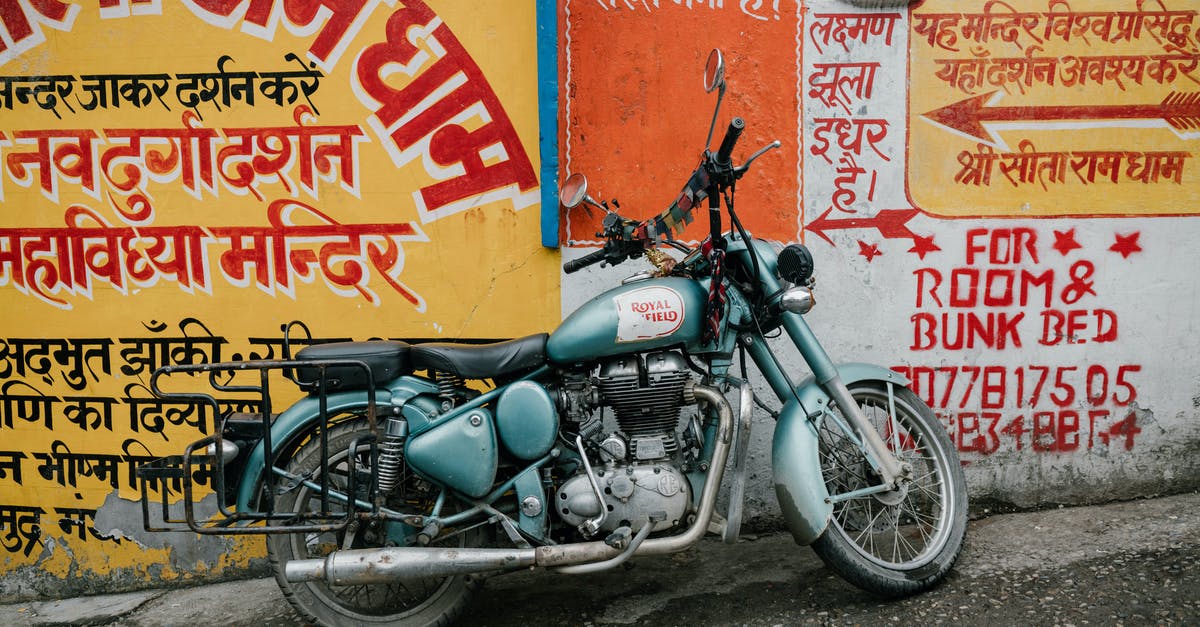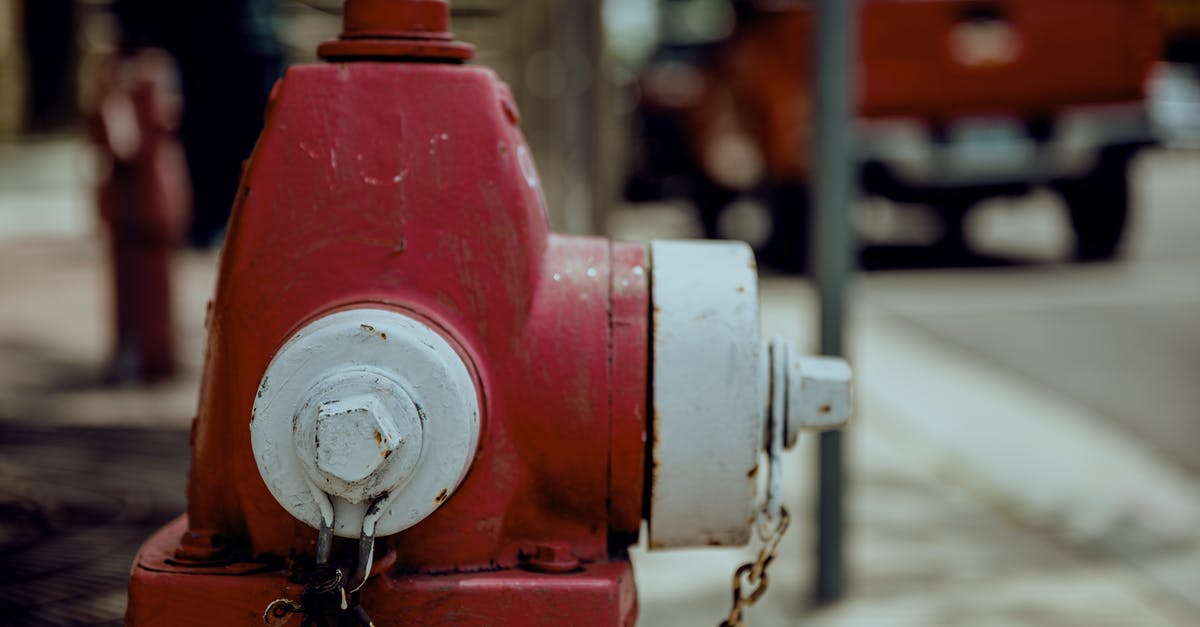Is there any way to salvage an old rusted wok?

Hello Seasoned Advice: I cannot find an answer on any previous posts here relating to woks about what to do if the wok is Already Rusted. I found this wok in my husband's house when I moved in - he has no idea where it came from or how long it's been there. I have no information about this wok, other than that the faded manufacturer's label indicates it was made in Taiwan, presumably by an Asian cooking supply house - has Chinese (?) characters above, then in English: "Seven S---G Co., Ltd" (the --- indicates where the label is faded and illegible) with an address, international phone number and fax number. It is black, has a welded, hollow steel handle with a hole through it for hanging, and looks to be a commercial, or restaurant-grade wok of carbon steel, well used. It was stored in an under-counter cabinet next to a leaky sink, so I have no doubt about where the original rust came from. Has about 10 small pits on the bottom and almost half of the entire upper right side of the circumference of the wok is almost one continuous thin (not pitted) area of rust.
Previously, I had spent the better part of a day alternately: scrubbing the rust (with coarse salt and fine salt), wiping with vegetable oil and heating over a high gas flame -then repeating this process 3 or 4 times until I was sure there was no rust or moisture remaining (although it is still pitted in some places at the bottom), and then another thin coat of oil to seal against moisture, heated again, then wiped. It worked very well for a couple of weeks, but as I don't currently cook Asian-style on a regular basis, after a few weeks of disuse it turned rusty again, almost worse than when I found it.
Should I be using steel wool to scrub the rust down to bare steel first, or just the salt? Using a different oil? (WD-40? Just Kidding). Oven vs Gas burner heating? How should I be storing this? (I have limited space-so most of my equipment is hanging on the walls or on a steel kitchen shelving rack, so I don't think air-flow is an issue.)
As this looks like a relatively decent piece of equipment, I want to do more Asian style cooking and be able to use it on a more regular basis. Is this wok salvageable? I would hate to have to put it on the curb and spend the money for a new restaurant-quality wok. Thanks in advance for any guidance. P.S., I have pics, but due to a software issue with my camera, I am unable to post at the moment - will try to send pics if I get an answer to this question.
Best Answer
Hi Leigh Anne and welcome to Seasoned Advice! First let me say that you will probably get a few different answers as many of us have different ways of handling such issues.
Since you had what sounded like a pretty good amount of rust to start with, I would recommend a thorough cleaning with steel wool to ensure that you have removed all of the rust. Be sure to rinse well and dry thoroughly.
Regarding the type of oil, I would recommend a good quality vegetable oil. You could also use a good quality vegetable shortening. Make sure to apply a very thin layer and wipe off any excess, especially since you are not using the wok frequently. Any excess residue can become sticky or gunky when the pan is left to sit for a period.
As for gas burner or oven, that is really your choice. I personally would use a gas burner but many prefer using the oven.
All in all, it sounds like you already have a pretty good handle on this. A couple of other things you may want to consider, though. Even though you are keeping the pan in the open air, humidity may be a factor. Also, if you live near a body of salt water, salt in the air could be a problem. You may want to consider keeping the wok in a closed plastic bag. (I do this with any cookware that hangs or sits outside of the cabinet to ensure it's always clean and dust-free when I am ready to use it.)
Good luck! :)
Pictures about "Is there any way to salvage an old rusted wok?"



Can you salvage a rusty wok?
A-You certainly can save a wok in which rust has developed. And you should be able to prevent this from happening again. To clean a rusted pan: Rub a pad (you will need several) of fine steel wool with a soap such as Fels Naphtha (available in most supermarkets).How to restore a rusted wok?
More answers regarding is there any way to salvage an old rusted wok?
Answer 2
@LeighAnne: Regarding the selection, maintenance, and rejuvenation of woks, I recommend that you read pp. 43-48 of The Modern Art of Chinese Cooking: Techniques and Recipes by Barbara Tropp. Detailed instructions for seasoning a wok are on page 47:
 .
.
Check Worldcat.org to find a library near you that has it: https://www.worldcat.org/title/modern-art-of-chinese-cooking/oclc/35151403
Answer 3
If you have a large amount of rust, the one thing which removes it really well is lye. Just be careful when handling it. Leave it for a while in a fairly concentrated NaOH bath, then scrub off. Proceed with seasoning as usual.
We have several questions about seasoning pans and woks, this one is probably the most interesting for you: Wok preparation and caring
Answer 4
@LeighAnne: You may find that your gas burner works better with a wok if you remove the grate on your stove and use a wire wok ring instead. A wire ring may position and stabilize the wok better than using the grate. The only wire ring I've found is made by Joyce Chen (http://www.amazon.com/Joyce-Chen-31-0063-Chrome-Steel/dp/B00004RBTL )
In my experience, the common rings with holes in the sides don't work well. The sides restrict oxygen flow and the holes don't allow enough in. The sides also trap the heat at the bottom of the wok; they don't allow the heat to flow up the sides of the wok.
Sources: Stack Exchange - This article follows the attribution requirements of Stack Exchange and is licensed under CC BY-SA 3.0.
Images: Maria Orlova, Julia Volk, Brett Sayles, Dids
